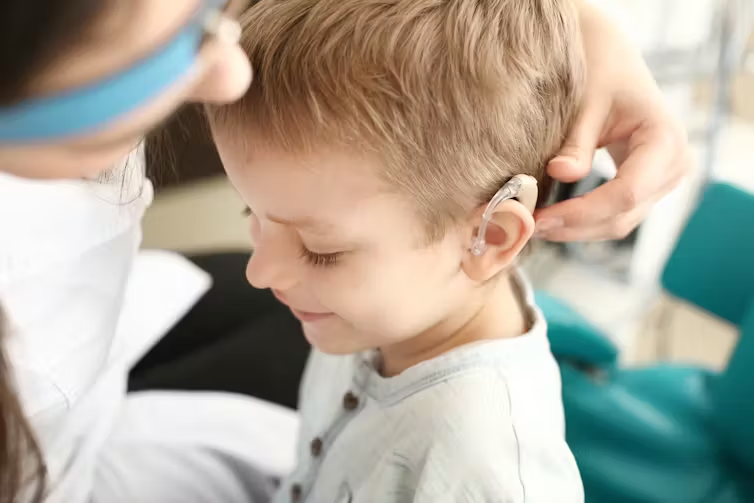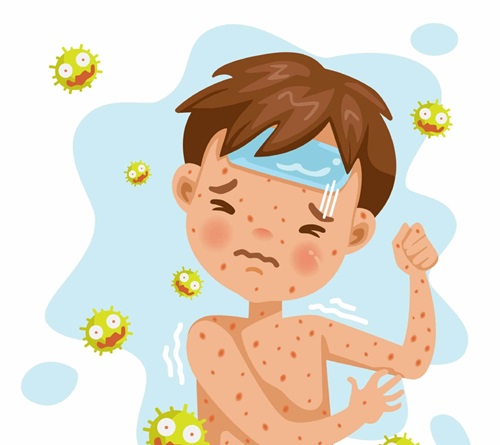
Hearing Loss in Children
Hearing Loss in Children:
Hearing loss is a problem that affects many aspects of a child's life, impacting their ability in communication skills, language learning, and social skills. Children start hearing from the very first day of their lives and learn to speak, picking up sounds around them over time. However, in some cases, a child may be born unable to hear or may lose their hearing during childhood due to an incident.
The earlier treatment for children with hearing loss begins, the better their chances of reaching their full potential. Newborns should be screened within the first month of life, and if hearing loss is detected, early intervention should start by six months to facilitate speech and language development. Children learn language before they start speaking, so it is crucial not to wait too long if you suspect your child is not responding to sound.
Hearing loss occurs when parts of the ear do not function properly, including the outer, middle, and inner ear, as well as the auditory nerve and any neural component responsible for hearing function. Hearing happens in the following steps, and any disruption in these steps will affect hearing:
1- Sound waves enter the outer ear and travel through the eardrum to the middle ear.
2- Sound waves vibrate the eardrum, sending vibrations to three small bones (ossicles) that transmit the vibrations to the inner ear where the cochlea is located.
3- The vibrating bones generate small waves in the fluid within the cochlea, lined with sensory cells that have hair-like structures. When hair cells move with fluid waves, they generate electrical signals.
4- These signals travel through the auditory nerve (associated with the vestibular nerve responsible for balance) to the brain for interpretation into sounds and perception.
There are several types of deafness:
Conductive deafness: occurs when sound vibrations are not transmitted to the inner ear. This may be due to a physical obstruction (such as a child inserting something into their ear while playing) or accumulated earwax.
Sensorineural deafness: results from damage to the cochlea, auditory nerve, or any neural component contributing to hearing sensation. This type of hearing loss can range from mild (difficulty hearing certain sounds) to severe (inability to hear any sound). It is usually permanent but can improve with hearing aids or other devices.
- Mixed deafness: a combination of sensorineural and conductive hearing loss
* One type of deafness in children is known as auditory neuropathy spectrum disorder, where there is a problem in transmitting electrical signals to the brain for interpretation. This type of hearing disorder may occur if a child has health issues before or during birth or as a newborn. This condition may be present when the mother has an extremely premature birth or when the child experiences jaundice or low birth weight




